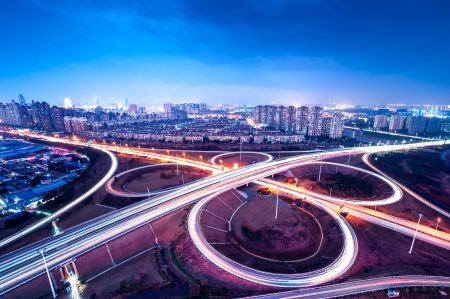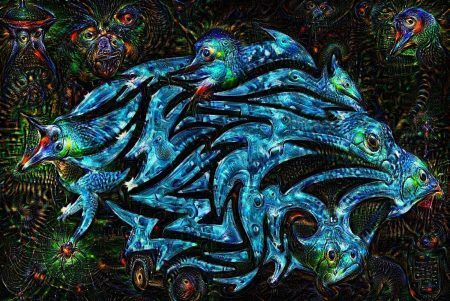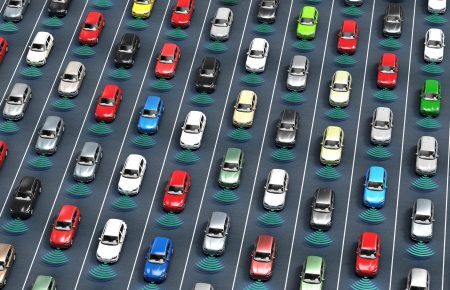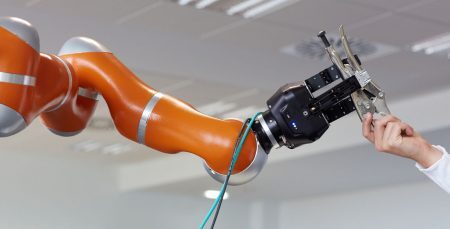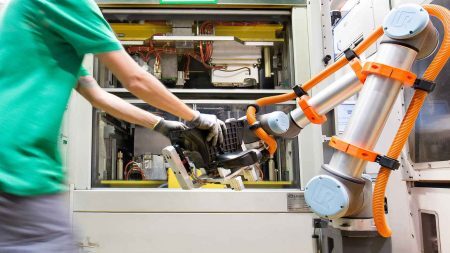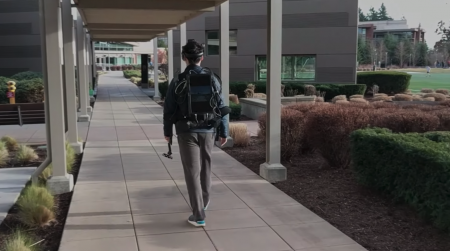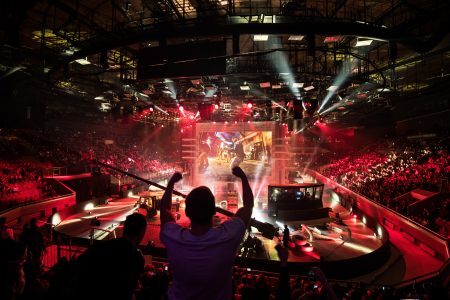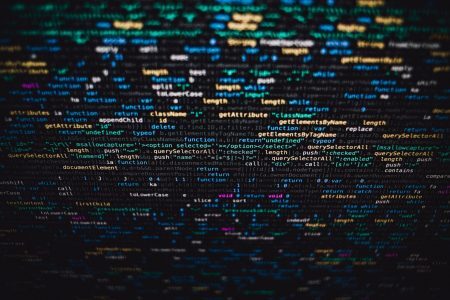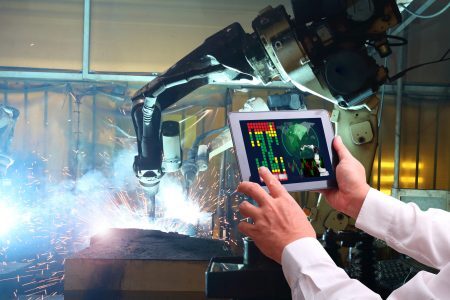The prevailing belief is that a system of self-driving cars will solve several environmental and social problems without us needing to worry about messy stuff like politics, activism or changing our travel habits.
Browsing: future
There’s no shortage of dire warnings about the dangers of artificial intelligence these days. Modern prophets, such as late physicist Stephen Hawking and investor Elon Musk, foretell the imminent decline of humanity. With the advent of artificial general intelligence and self-designed intelligent programs, new and more intelligent AI will appear, rapidly creating ever smarter machines that will, eventually, surpass us.
Videos showing autonomous or self-driving vehicles weaving in and out of crossroads at speed without colliding suggest this technology will solve traffic problems. You almost never see pedestrians or cyclists in these videos. The reality is that they don’t fit.
Robots used to be restricted to heavy lifting or fine detail work in factories. Now Boston Dynamics’ nimble four-legged robot, Spot, is available for companies to lease to carry out various real-world jobs, a sign of just how common interactions between humans and machines have become in recent years.
The latest industrial robots look like petting zoo versions of the big machines found in many modern factories – small, cute and you can play with them. But don’t be deceived by their cuddly appearance. They have the potential to change the way humans work with machines and disrupt the existing market for industrial robots.
You know how it is: You want to get from point A to point B but you’ve seen everything on that route before. Or perhaps you’re just bored with reality. Microsoft’s DreamWalker hopes to help there. DreamWalker is a wearable VR system concept designed to be used in the real world, offering another view of the world while also not letting you step into traffic. Hopefully.
The future of all sports is esports. That may sound like a bold statement but there is growing evidence to support it. Today’s spectators and participants expect to be digitally engaged while they watch. And the most effective way to deliver digital engagement is through “gamification” – the transformation of watching into playing.
Data drives our global digital ecosystem, and AI technologies reveal patterns in data. Smartphones, smart homes, and smart cities influence how we live and interact, and AI systems are increasingly involved in recruitment decisions, medical diagnoses, and judicial verdicts. Whether this scenario is utopian or dystopian depends on your perspective.
Today, improving urban services through digital transformation is a huge industry, dominated by the likes of Cisco and IBM. But the idea of a “smart city” encompasses more than the clever application of technology in urban areas. That technology must also contribute to making cities more sustainable, and improving the quality of life for the people who live there.
Technology has been blamed for a lot recently. Automation and artificial intelligence have supposedly led to substantial job losses, reduced bargaining power for workers and increased discrimination.

